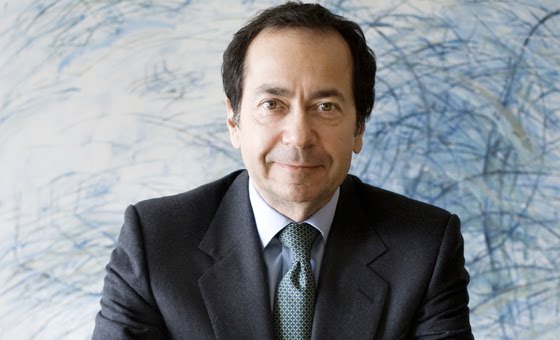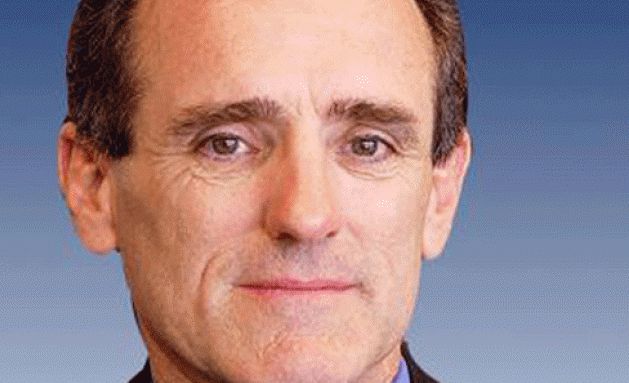Hispania Announces its Intention to Float on the Spanish Stock Exchange
| By Alicia Miguel | 0 Comentarios

Hispania Activos Inmobiliarios, a recently incorporated Spanish limited liability company, has announced its intention to seek a primary listing for its ordinary shares on the Madrid, Barcelona, Bilbao and Valencia stock exchanges. Listing is expected to commence before 31 March 2014.
The Company is seeking to raise gross proceeds of €500 million (plus a 10% overallotment option) through an institutional placing. Hispania has already received commitments of €314 million from a number of cornerstone investors and other investors including Quantum Strategic Partners (George Soros), Paulson and Co (John Paulson), Moore Capital Management, APG, Cohen & Steers and the Canepa group.
Hispania intends to deliver capital growth by taking advantage of investment opportunities that may arise in the Spanish real estate market. In particular, the Company is aiming to create a high quality portfolio that generates both recurring income as well as capital gains from asset appreciation.
Hispania intends to invest primarily in multi-family residential properties, offices and hotels in Spain. This means quality assets that are well located and with yield potential, that require either some repositioning, capex investment or active asset management.
The Company’s initial investment strategy is to invest over three years and then to liquidate the portfolio and to return value to shareholders over the following three years. Where the Investment Manager proposes a different course of action, for example if there are merits for Hispania to become a permanent capital vehicle in full or in part, the Company would submit such proposal to the shareholders for approval.
Hispania will be externally managed by Azora Gestión SGIIC, S.A.U. and will benefit from Azora’s long-term expertise and successful track record of real estate investment and its extensive and long-standing relationships with key decision makers in the Spanish real estate market.
In line with best corporate governance practices, Hispania will have an experienced Board, with a majority of independent directors -4 out of 6- and which is chaired by Mr. Rafael Miranda Robredo, the former CEO of Endesa. Board members include Mr. Joaquin Ayuso, former CEO of Ferrovial, Mr. Jose Pedro Pérez-Llorca, founder of Pérez-Llorca Abogados and Mr. Luis Mañas, Board Member of Aviva, as well as Concha Osácar and Fernando Gumuzio from Azora. To ensure close alignment with the interests of all shareholders, the management team has agreed to invest capital in Hispania representing 2.28% of the expected initial offering proceeds.
Hispania has appointed Goldman Sachs International and UBS Limited as Joint Global Coordinators and Joint Bookruners in the offering. The Company has appointed Freshfields Bruckhaus Deringer as its legal advisor.
Commenting on the announcement, Mr Fernando Gumuzio of Hispania said: “The Spanish real estate sector currently presents an interesting opportunity for those investors with the expertise to navigate this complex environment in order to select the right assets. We have established Hispania Activos Inmobiliarios to take advantage of these opportunities by leveraging Azora’s strong track record and expertise in the market to build a high quality portfolio that creates value for shareholders.”







